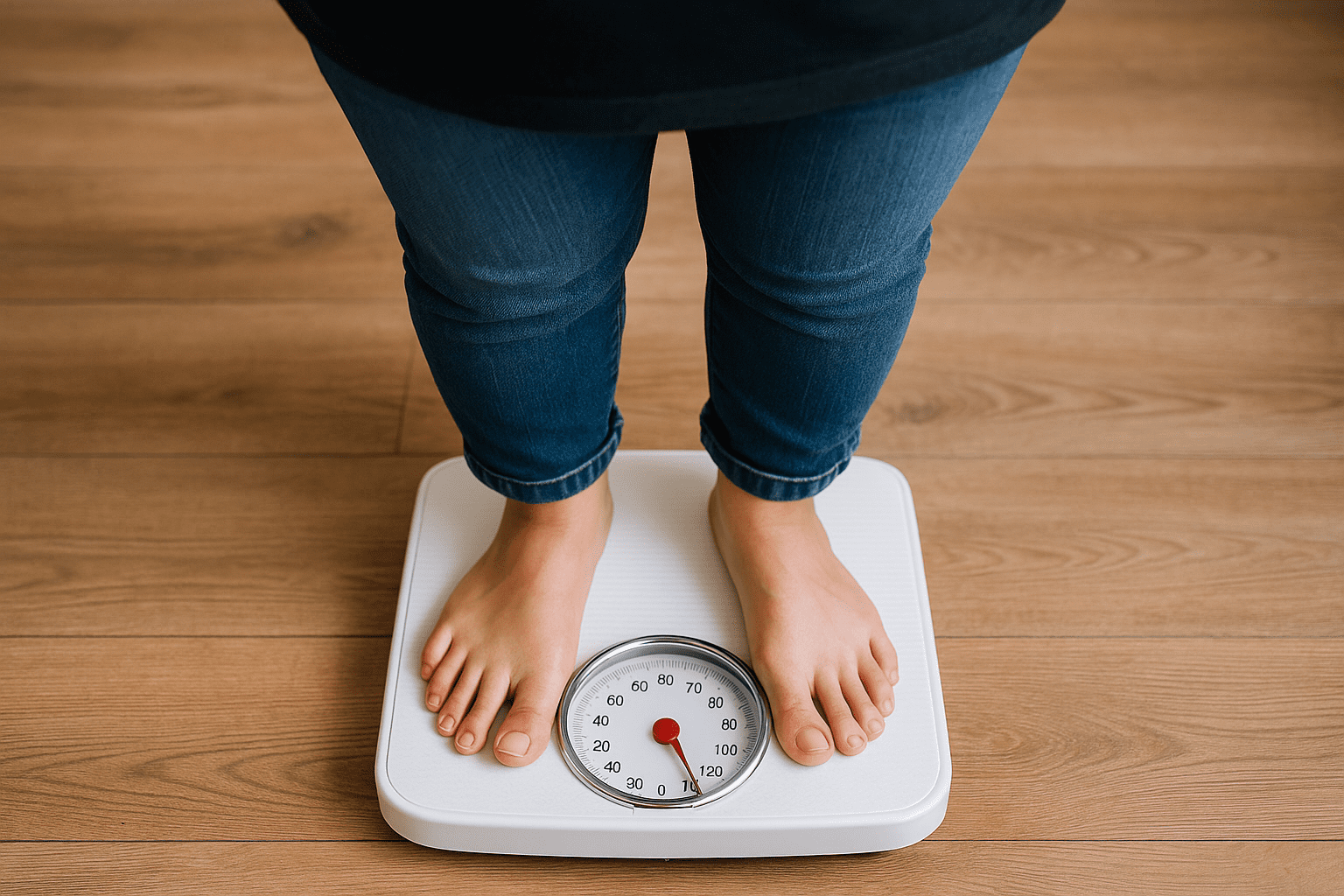Obesity is no longer a Western problem. In India, it has emerged as a major public health threat, with deep-rooted social, economic, and behavioral drivers. Once considered a sign of prosperity, being overweight is now a silent epidemic, quietly increasing the country’s burden of chronic diseases like diabetes, hypertension, heart disease, and even certain cancers.
Obesity in Numbers: A Wake-Up Call
According to the latest Indian health surveys:
- Diabetes: 11.4%
- Prediabetes: 15.3%
- Hypertension: 35.5%
- Generalized obesity: 28.6%
- Abdominal obesity: 39.5%
These numbers reflect a population in transition, grappling with rapid urbanization, economic growth, and lifestyle changes that promote weight gain.
Why Does Obesity Exist? Understanding the Root Causes
Let’s explore the key dimensions driving India’s obesity crisis:
1. 🥤 The Ultra-Processed Food Boom
The rise in consumption of ultra-processed foods (UPFs) is perhaps the most visible culprit. These include:
- Sugary beverages
- Instant noodles
- Packaged snacks
- Frozen ready-to-eat meals
🔎 WHO reports India’s UPF market is growing 13.37% annually, one of the fastest rates globally. These foods are high in calories, sugar, salt, and unhealthy fats — and low in fiber and nutrients.
2. 🍚 Dietary Shift: From Traditional to Convenient
There’s a major dietary transition underway:
- Moving away from millets, pulses, and vegetables
- Towards refined grains, deep-fried snacks, and sweets
Busy urban lifestyles, time constraints, and aggressive food marketing have all fueled this shift — especially among working families and youth.
3. 🪑 Sedentary Lifestyles
India’s digital revolution has come with a downside: physical inactivity. Thanks to office jobs, screen time, and a lack of walkable public spaces:
- Children get less playtime outdoors
- Adults spend long hours sitting at desks
- Screen addiction reduces physical movement even further
Result: fewer calories burned, more stored as fat.
4. 💸 Economic Growth, But Not Nutritional Growth
While India’s middle class has grown, nutritional literacy hasn’t kept pace. People now have greater access to calorie-rich food, but not necessarily healthy food.
According to the State of Food Security and Nutrition in the World (2024):
- 55% of Indians still can’t afford a healthy diet
This economic paradox means that both malnutrition and obesity coexist, often in the same communities or families.
5. 🧬 Genetic and Metabolic Susceptibility
South Asians, including Indians, have a genetic predisposition to:
- Accumulate abdominal fat
- Develop insulin resistance early
- Gain weight easily even with moderate calorie intake
This makes Indian bodies biologically more susceptible to the risks of obesity-related diseases.
6. 🤰 Maternal and Early Childhood Nutrition
Obesity risk often starts before birth. Poor maternal nutrition, undernutrition in early childhood, and low birth weight are now seen as precursors to obesity and metabolic syndrome later in life.
This concept, called “developmental origins of health and disease (DOHaD)”, is particularly relevant in India, where early-life undernutrition is common.
7. 🧠 Mental Health and Emotional Eating
Obesity is closely linked to mental health disorders, including:
- Depression
- Anxiety
- Stress-related eating
India’s rising stress levels — from academic pressure to job insecurity — have led to emotional eating patterns, especially in teens and young adults.
8. 🛍️ Aggressive Marketing and Food Environments
Junk food is everywhere — from school canteens to hospital vending machines. Advertising, influencer promotions, and deep discounts make unhealthy choices easier, cheaper, and more appealing.
Obesity: A Complex Puzzle
India’s obesity epidemic is not just about individual choices. It’s a result of economic inequality, poor public planning, cultural shifts, and biological factors. Tackling it requires:
- Food policy reforms
- Better urban planning for physical activity
- Nutrition education in schools
- Regulating food marketing to children
- Mental health support alongside weight management
What Can You Do?
While systemic changes take time, individuals can make small shifts that have a big impact:
- Eat more home-cooked, fiber-rich meals
- Avoid UPFs as much as possible
- Walk, stretch, and reduce screen time daily
- Focus on mindful eating rather than calorie counting
- Get regular health checkups
📚 References
- ICMR–INDIAB Study, National Health Data 2024
- FAO, IFAD, UNICEF, WFP, WHO. State of Food Security and Nutrition in the World 2024
- WHO Report: Growth of Ultra-Processed Foods in India, 2024
- National Family Health Survey (NFHS-5), Ministry of Health
- The Lancet Public Health Journal – Double Burden of Malnutrition in India
- Harvard Health Publishing – Genetics and Obesity in South Asians
- UNICEF India – Childhood Nutrition and DOHaD
Disclaimer: This article is for informational purposes only and should not be considered a substitute for medical advice. Please consult a certified healthcare professional for diagnosis and treatment.



